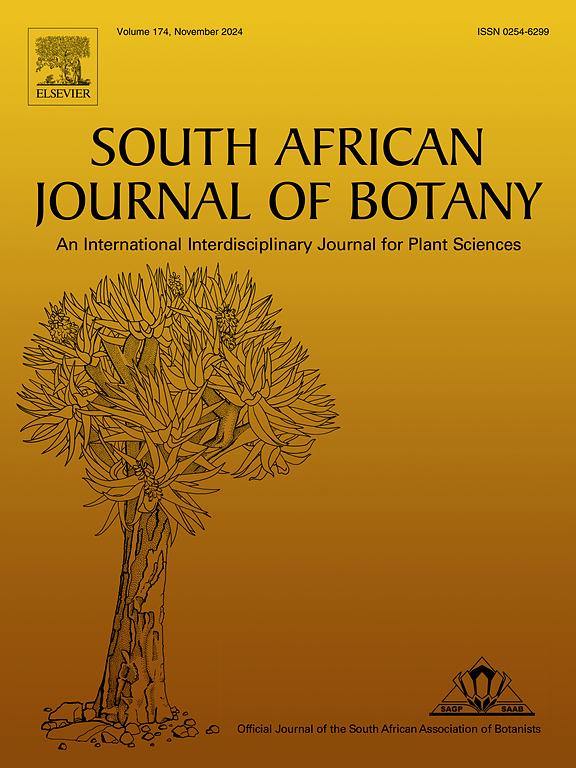In vitro establishment of walnut (Juglans regia L.) from the embryonic axis with customized nutrient media and synergy of growth regulators
IF 2.7
3区 生物学
Q2 PLANT SCIENCES
引用次数: 0
Abstract
Walnuts (Juglans regia L.) hold significant economic and nutritional value, yet their recalcitrant nature poses challenges for in vitro culture establishment. Given the limitations of conventional propagation methods, this study aimed to optimize a protocol for direct plant regeneration using the embryonic axis as an explant source. We systematically optimized explant pre-treatment, nutrient medium composition, and plant growth regulator (PGR) concentrations. The highest morphogenetic response of 76.63 ± 1.93 % was achieved within 4.88 ± 0.44 days for explants pre-treated at 4 °C for 10 days and cultured on Driver and Kuniyuki Walnut (DKW) medium supplemented with 3.0 mg/L GA₃. Comparative analysis of three nutrient media namely Murashige and Skoog (MS), DKW, and Woody Plant Medium (WPM) revealed that MS medium induced the fastest in vitro response (5.21 ± 0.29 days). In contrast, WPM required the longest induction time (10.33 ± 0.19 days). Whole plant formation was most efficient on MS medium (59.96 ± 3.33 %) and least efficient on WPM (3.10 ± 0.22 %). For shoot formation, DKW medium was superior (55.50 ± 4.85 %), while WPM was the least effective (10.55 ± 0.11 %). Root formation was most successful on MS medium (75.50 ± 4.85 %), contrasting with the lowest rate observed on WPM (8.97 ± 1.19 %). Additionally, the influence of various PGR combinations on MS medium was evaluated using the embryonic axis as an explant source. The highest regeneration rate (74.40 ± 2.20 %) was observed with BAP (0.1 mg/L), GA₃ (2.0 mg/L), and IBA (0.1 mg/L), whereas the lowest rate (2.20 ± 1.10 %) was found with BAP (1.0 mg/L) and 2,4-D (0.1 mg/L). These results underscore the significant impact of nutrient and PGR combinations on morphogenic responses. Following successful in vitro shoot and root induction, the regenerated plants were acclimatized to external environmental conditions, demonstrating the potential of the embryonic axis as an exceptional explant source for walnut micropropagation. This optimized protocol enhances in vitro culture establishment and addresses the limitations of traditional propagation methods facilitating the production of acclimatized walnut plants.
求助全文
约1分钟内获得全文
求助全文
来源期刊

South African Journal of Botany
生物-植物科学
CiteScore
5.20
自引率
9.70%
发文量
709
审稿时长
61 days
期刊介绍:
The South African Journal of Botany publishes original papers that deal with the classification, biodiversity, morphology, physiology, molecular biology, ecology, biotechnology, ethnobotany and other botanically related aspects of species that are of importance to southern Africa. Manuscripts dealing with significant new findings on other species of the world and general botanical principles will also be considered and are encouraged.
 求助内容:
求助内容: 应助结果提醒方式:
应助结果提醒方式:


